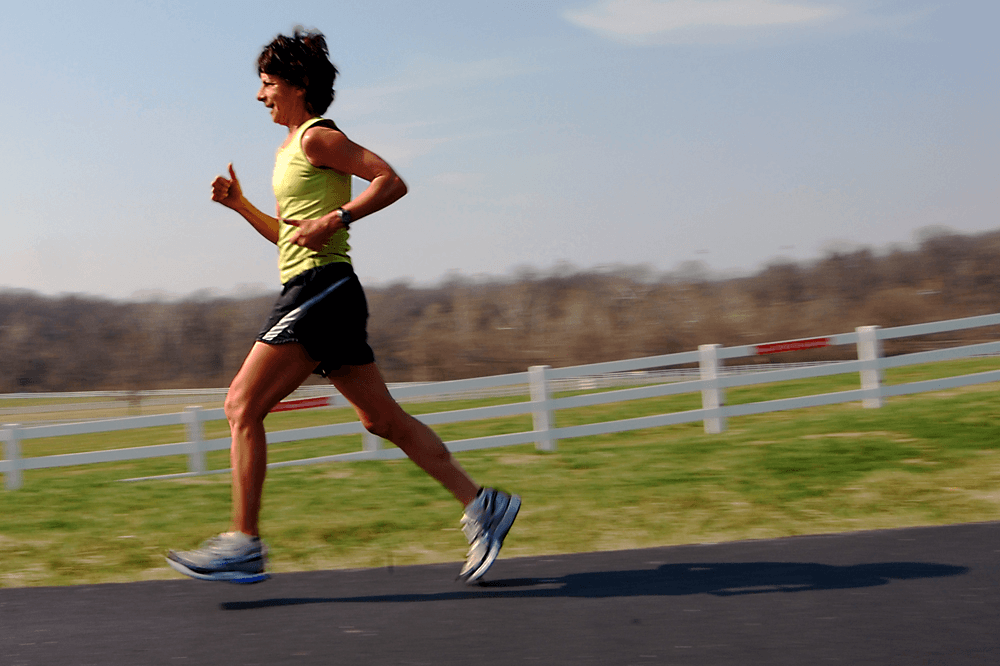Neuroplasticity refers to the brain’s ability to form new connections throughout life. Learning new things can lead to the formation of new neural pathways, while weakening skills can indicate the degradation of previously existing pathways. Neurological disorders can be greatly affected by neuroplasticity, and increased neuroplasticity can lead to improvements in the conditions of people with disorders like amblyopia, or lazy eye.
Research from the University of Pisa and the National Research Council’s Neuroscience Institute in Italy reveals that exercise may also play a role in brain plasticity. Previous experiments in animals showed that increased physical activity resulted in increased levels of plasticity in the visual cortex and a better recovery from amblyopia when compared to animals that did not engage in as much exercise.
In order to measure plasticity in humans, the researchers used a test of binocular rivalry. When one eye is shut for a period of time, the lack of visual input causes the brain to compensate by making the closed eye stronger, or better able to see distant objects. The resulting difference in strength between the two eyes can then be used to measure the brain’s neuroplasticity. The study involved 20 participants who each completed the test twice, under different conditions. In one test, the participants watched a movie with one eye covered while sitting in a chair. In the second test, the participants again watched the movie with one eye covered, but also exercised on a stationary exercise bike for 10-minute intervals throughout the movie. The results clearly showed that when participating in physical activity, the difference in strength between the covered and uncovered eye was much larger, indicating higher levels of neuroplasticity. The increased neuroplasticity is what allows the uncovered eye to make a more dramatic increase in strength in response to the environmental change of having one eye covered.
Image Source: Don Bayley/RapidEye
The researchers believe the results could be explained by a decrease in the neurotransmitter GABA. Neurotransmitters are chemicals in the body that are used to communicate information, and GABA is an inhibitory neurotransmitter typically used to dampen brain activity and balance out excitatory neurotransmitters. A decreased concentration of GABA would cause the brain to become more responsive, which may be behind the increased levels of neuroplasticity shown after physical activity.
The researchers plan to explore their findings further by testing the effects of moderate physical activity on vision in patients with amblyopia and hope to better understand the mechanisms behind the relationship between exercise and neuroplasticity.
Feature Image Source: run by brett lohmeyer










